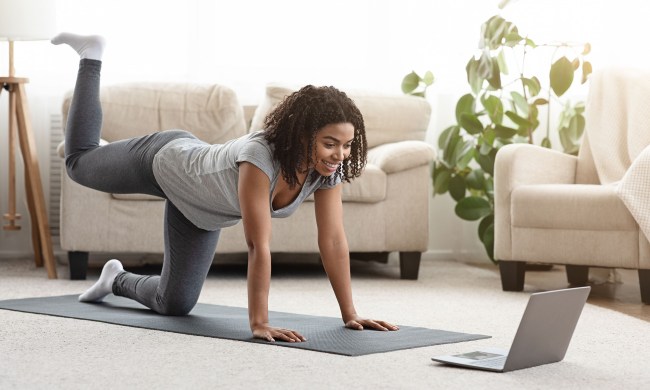
No one wants to hear that they’ve hurt someone. When confronted, it’s pretty easy to resort to denial and blame-shifting, and while this may take off some of the heat in the short term, it will likely do more damage in the long run. If you’re in the wrong, the best way to handle it is to face facts and apologize.
Though it may feel like we say sorry hundreds of times a day, a true, heartfelt apology can be very difficult. Apologizing to someone in a meaningful way doesn’t mean following a specific template. In fact, canned responses will just come off insincere. So how do you craft a well-thought-out apology that doesn’t sound scripted?
We’re going to dive into the best tips and tactics to apologize to someone you’ve hurt and make the relationship stronger in the process.

Acknowledge your actions
Simply mumbling “I’m sorry” is not enough to make the other party feel satisfied with your apology. To show them that you really mean it, display empathy and verbally acknowledge how your actions caused the hurt in the first place.
Adding a clear admission that you knew the action was wrong when you did it makes the apology that much stronger, even if it’s hard to fess up to at the moment. This is the time for complete honesty, so fight the urge to sugarcoat or shift the blame off of yourself.
No excuses, no caveats
Any qualifiers like “but,” “if,” however,” etc., do not belong in your apology. Ever. Let’s take a look at how these small additions can weaken an apology. Take, for example, the following: “I’m sorry if I offended you, but I was pressed for time when I borrowed your car.”
This is not the best way to apologize because it subtly shifts responsibility to the person you hurt in two different ways.
First, if the other person was indeed upset by your actions, remove that big “if” from your apology. Even if you didn’t know at the time, you’re well aware of how your actions impacted them now. There’s no question as to whether they were upset or not, so validate their feelings and take full responsibility for your actions.
Second, excuses often get between you and the person you’re apologizing to. Taking the “but” out of your mea culpa is another way to show that the buck stops with you. Instead of “but,” use “I” statements to express why you acted the way you did. Instead of “but I was pressed for time,” try, “I was very frustrated because I was late and acted in a way that was inconsiderate.” In this way, you express your rationale for your actions without excusing them.
To make your apology even more genuine, formally ask for forgiveness after you’ve said your piece. If the other person chooses not to accept your apology, at least you can move on knowing you made your best effort.

Pay attention to your body language (but not too much)
According to psychologist Gary Wood, body language is important, but it shouldn’t replace your words and actions. That said, body language can help send the signal that you mean what you are saying. Examples of effective body language for apologies include:
- Steady eye contact
- Standing or sitting at their level to avoid appearing intimidating by towering above them
- Relaxed, uncrossed arms
- Direct, clear communication without mumbling
- Face-to-face conversation
Follow up with action
Now that you’ve talked the talk, it’s time to walk the walk.
Nobody’s perfect, but making a good-faith effort to follow through on your apology is a huge part of the equation. Work hard to avoid making the same mistakes, and prove to the other person that you are committed to growing.
Apologizing does not come easy, but it can be a huge relief once it’s all said and done. Regardless of whether the other person accepts your apology, you can now move forward with a clear conscience, knowing you did the right thing, without resorting to excuses or insensitivity toward their feelings. This is the first and most important step toward getting a relationship back on track if you have broken a rule or hurt another person’s feelings.
BlissMark provides information regarding health, wellness, and beauty. The information within this article is not intended to be medical advice. Before starting any diet or exercise routine, consult your physician. If you don’t have a primary care physician, the United States Health & Human Services department has a free online tool that can help you locate a clinic in your area. We are not medical professionals, have not verified or vetted any programs, and in no way intend our content to be anything more than informative and inspiring.



